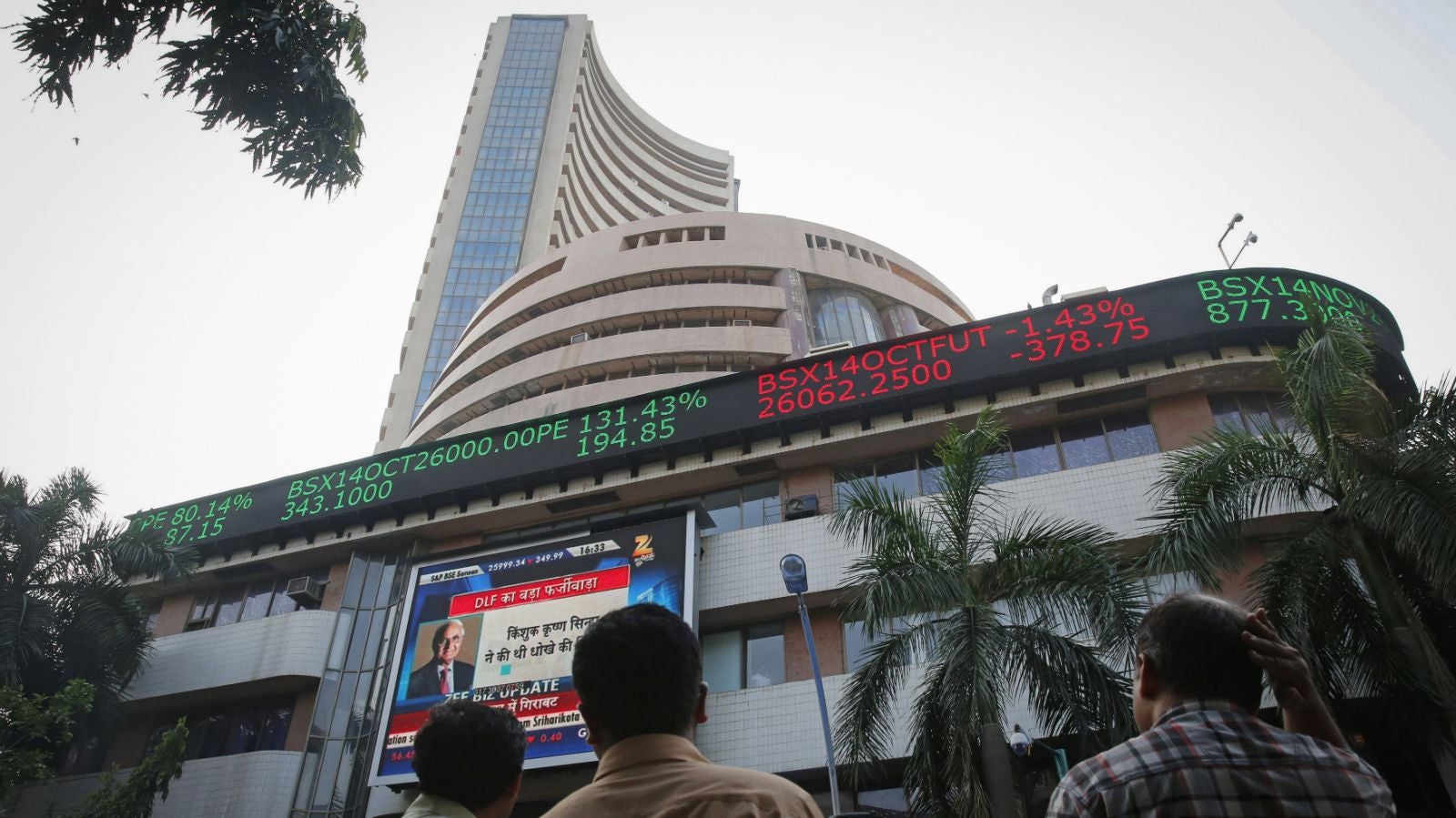Why some investors aren’t making money despite India’s booming stock markets
In Sep. 2013, two key announcements began an upsurge of sentiment on Dalal Street after consecutive quarters of gloom: the appointment of Raghuram Rajan as the RBI governor, and Narendra Modi’s anointment as the Bharatiya Janata Party’s prime ministerial candidate.


In Sep. 2013, two key announcements began an upsurge of sentiment on Dalal Street after consecutive quarters of gloom: the appointment of Raghuram Rajan as the RBI governor, and Narendra Modi’s anointment as the Bharatiya Janata Party’s prime ministerial candidate.
By Feb. 2014, the Bombay Stock Exchange’s benchmark index, the Sensex, had scaled back to the peak of 20873.33, which it had previously touched six years ago, in Jan. 2008. There has been no stopping ever since.
The index has grown 35.73% so far in 2014 (as on Nov. 28, 2014). It closed at an all-time high of 28693.99 on Nov. 28, 2014, after briefly touching 28822.37 during the day. The other benchmark index, Nifty 50, struck the never seen before level of 8588.25.
But some investors are still frustrated with their equity portfolio despite holding some of the most desirable stocks in the market.
These include investors who had purchased stocks early Jan. 2008, after which the markets plummeted. And even after the rally in the indices, which started on Sep. 4, 2013 when the BSE Sensex was at 18,567.55, these investors would still be deep into losses.
It’s not entirely a matter of inappropriate stock selection—more than 50 large-cap stocks or bluechips, as they are termed, are trading at 20-90% below their peak between 2008 and 2010. Stocks on the dream wish list such as Reliance Industries, Bharti Airtel, SAIL, Tata Steel haven’t been able to reward investors who purchased these shares between 2008 and 2010.
Perils of the herd
As the number of recent mutual fund folio registrations point out, investors turn into equity investing only during rallies. In a 2013 study of investment decisions of retail investors (PDF) researchers Russell Jame and Qing Tong note that investors “follow each other into and out of the same industries,” and that they “tend to chase industries that have performed well over the past two years and sell the poor performers.”
This herd mentality leads them to buy high and sell low. “Industries heavily bought by retail investors continue to significantly underperform stocks of industries heavily sold,” adds the study covering investor behavior between 1983 and 2000.
The same thing is playing out closer to home. “In 2008 to 2010, infrastructure stocks were at all-time highs. Today they would be 50% of what they were, in spite of the market run-up,” says P Phani Sekhar, fund manager-portfolio management services, Angel Broking.
Going in
The entry time matters.
Take, for instance, the bluechip stock of Reliance Industries. It was quoting at Rs 1503.64 (adjusted price) during the peak of Jan. 2008, while the stock is currently trading at Rs 991.6. Someone who bought the stock in Jan. 2008 would be incurring losses of 51.63% since the stock has never seen those levels again even after almost seven years.
And while the market has gone up by 35%, there will be some lamenting that they’re only making 15% more. A factor to consider here is that the underlying index such as Nifty 50 itself undergoes change from time to time due to factors like market capitalization (share price x no. of shares), delisting, liquidity, stock split, mergers, etc.
ABB India, for example, was a part of the Nifty index since 1996, but is no longer on it for the past few years. Other stocks that have been replaced are TVS Motors, Suzlon, Idea Cellular, SAIL, Reliance Capital. More than half the constituents of Nifty 50 index since its origin in 1995 have been substituted with other stocks.
So, the run-up in the index not necessarily would reflect in your individual portfolio as the benchmark itself is changing. Buying bluechips or index funds and relaxing till eternity may not be an entirely rewarding stock strategy.
But minor tweaks in your investment approach have the ability to reap better during the current market rally.
- If you have slackers, then have courage to quit. “Stocks such as Punj Loyd, IVRCL are junk stocks and the investors need to book losses and move on, especially on stocks that are down 50% or more,” suggests Sekhar.
- Avoid buying every available stock in a business that is doing well. When the tide turns, ensure that the losses from one industry (say retail) can be recovered from other businesses (like pharmaceuticals) held in the portfolio.
- Compare peers and the assets a company holds against the stock price before zeroing on a stock.
- Though the time horizon for equity investments is typically pegged at five to seven years, a strategy that a long-term investor can consider is to repurchase at dips.
- Seek professional help instead of picking stocks on your own. Opt for mutual fund schemes whose performance can be tracked over cycles. “Select funds that have a good pedigree,” advises Vivek Damani, founder of financial advisory firm Jeevan Prabandhan.